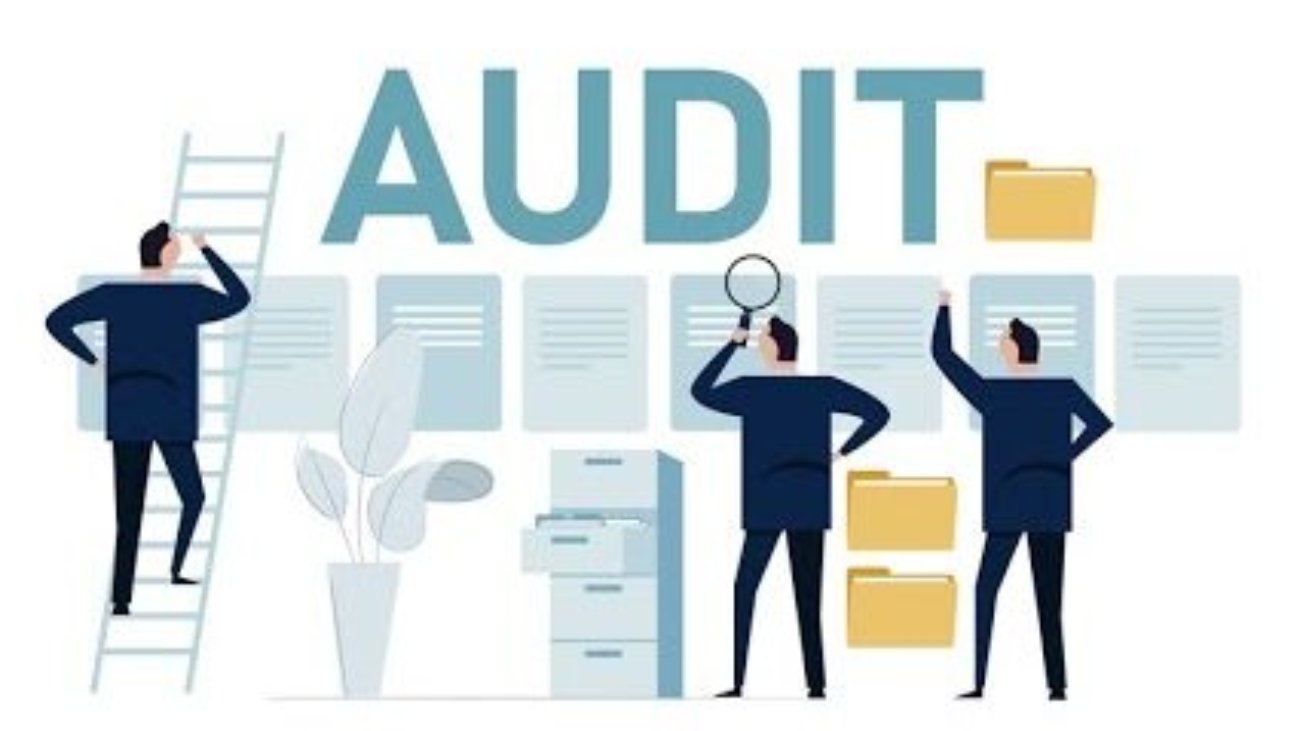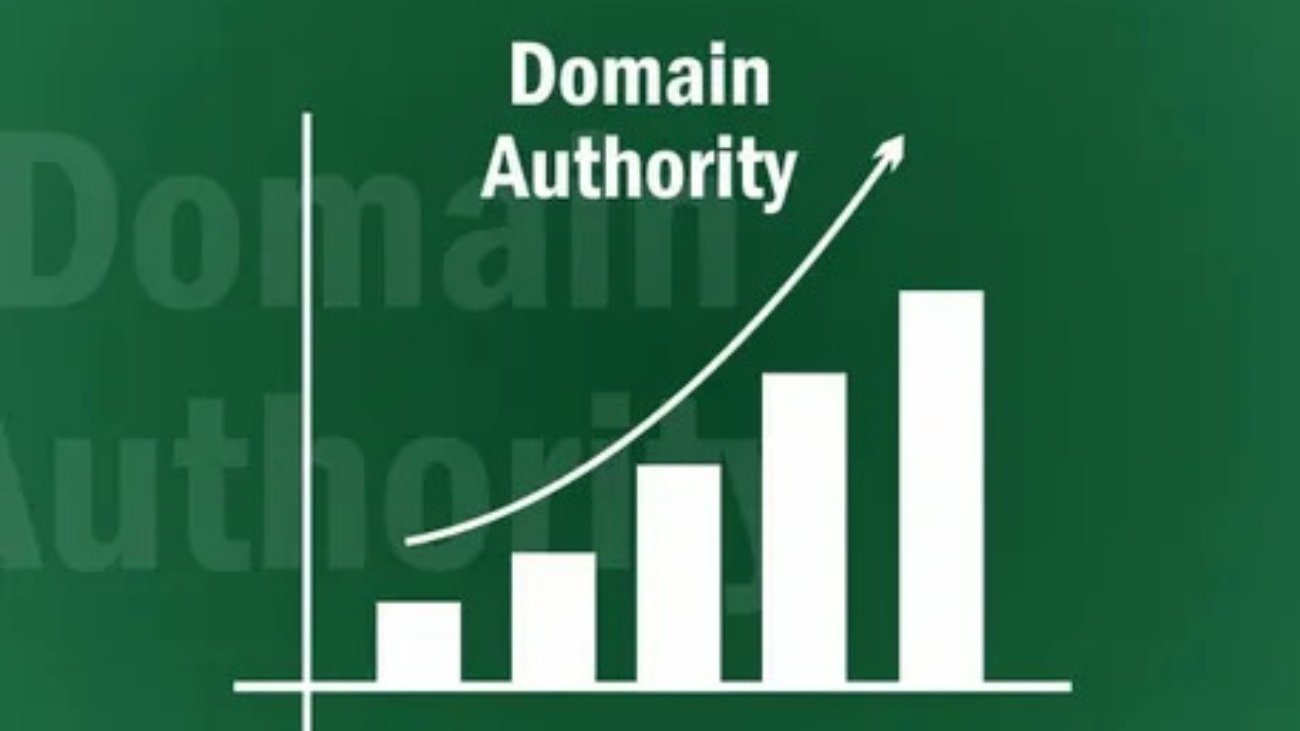Introduction: Why Auditing for DA Weaknesses Matters in 2025
In today’s ultra-competitive digital world, Domain Authority (DA) remains a trusted metric for gauging the credibility and ranking potential of a website. Developed by Moz, DA scores range from 1 to 100 and reflect a website’s backlink profile, SEO strength, and authority within its niche. While many marketers obsess over boosting their DA, they often overlook one crucial step: auditing their website for DA weaknesses.
Whether your current DA is 15 or 50, identifying and resolving weaknesses in your domain’s SEO framework is essential to climbing higher. In this guide, we’ll break down how to perform a full DA audit, spot critical issues dragging down your authority, and apply proven tactics to strengthen your digital foundation.
Chapter 1: Understanding Domain Authority in 2025
Before jumping into an audit, it’s vital to understand how Domain Authority works today. Moz’s DA algorithm evaluates over 40 ranking signals, including:
-
Quality and relevance of inbound links
-
Linking root domains
-
Site structure and internal linking
-
MozRank and MozTrust
-
Overall SEO performance
Keep in mind:
-
DA is comparative: Your score should be measured against competitors.
-
DA is logarithmic: It’s harder to go from DA 60 to 70 than DA 20 to 30.
-
Google doesn’t use DA directly, but it reflects your site’s ability to rank.
If you want to grow your visibility, traffic, and trustworthiness, a DA audit is your starting point.
Chapter 2: Signs of DA Weakness You Shouldn’t Ignore
Not sure if your website has a Domain Authority problem? Here are key warning signs that warrant a DA audit:
-
Your DA score has plateaued or declined over time
-
Your backlink growth is stagnant
-
Your organic traffic is decreasing
-
Your content is not attracting links
-
Competitors with less content rank higher than you
If you’re experiencing any of these issues, it’s time to dive into a full Domain Authority audit.
Chapter 3: How to Audit Your Website for DA Weaknesses
Let’s break down your DA audit process into actionable steps. Use these to diagnose weak spots and craft a roadmap to a stronger Domain Authority score.
Step 1: Analyze Your Current DA Score
Start with tools like:
-
Moz Link Explorer
-
Ahrefs (Domain Rating)
-
SEMrush (Authority Score)
Track your current DA and observe historical trends. Compare your score against competitors in your niche. Are you lagging behind? You’ve got your first clue.
Step 2: Evaluate Your Backlink Profile
Backlinks are the #1 DA driver. Audit for:
-
Link Quantity vs. Quality: Too many low-quality links can dilute your authority.
-
Referring Domains: Ensure you’re gaining links from diverse, reputable sources.
-
Toxic Links: Use Moz, Ahrefs, or SEMrush to spot spammy or irrelevant links that may harm your credibility.
-
Lost Backlinks: Identify which valuable links have dropped off and why.
👉 Pro Tip: Use Google’s Disavow Tool sparingly to remove harmful backlinks.
Step 3: Inspect Your Internal Linking Strategy
Your internal links help spread link equity and define your site architecture.
Audit for:
-
Orphan pages (no internal links pointing to them)
-
Overuse of exact match anchor text
-
Broken internal links
-
Lack of links to cornerstone content
Fixing these issues improves crawlability and boosts your site’s perceived structure key for Domain Authority growth.
Step 4: Examine On-Page SEO Elements
Weak on-page SEO limits your content’s ranking ability.
Run a content audit and check for:
-
Poor keyword targeting
-
Missing or duplicate meta tags
-
Thin or duplicate content
-
Low readability scores
-
Missing image alt attributes
-
Inconsistent H1/H2 usage
Use tools like Surfer SEO, Yoast, or SEMrush On-Page SEO Checker to score and improve individual pages.
Step 5: Perform a Technical SEO Audit
If your technical foundation is weak, DA growth stalls.
Check for:
-
Mobile-friendliness (use Google Mobile-Friendly Test)
-
Page speed issues (use Google PageSpeed Insights or GTMetrix)
-
Broken links or crawl errors (via Screaming Frog or Sitebulb)
-
SSL certificate issues (HTTPS is a ranking factor)
-
Robots.txt and sitemap.xml errors
Fixing these ensures Google can crawl and index your site efficiently, a major factor in growing DA.
Step 6: Assess Your Content Quality
Audit for:
-
Evergreen, long-form content that earns backlinks
-
Outdated or underperforming posts
-
Missing E-E-A-T elements (Experience, Expertise, Authority, Trustworthiness)
-
Inconsistent publishing schedule
Use Google Search Console and BuzzSumo to see which content attracts the most links and engagement.
Step 7: Review User Engagement Metrics
High bounce rates, low session duration, and poor CTR can signal low-quality content or UX both of which affect your Domain Authority indirectly.
Use Google Analytics and Hotjar to evaluate:
-
Bounce rate
-
Pageviews per session
-
User flow
-
Scroll depth
Make UX improvements based on these insights.
Chapter 4: Tools for a Comprehensive DA Audit
Here are the top DA audit tools used by SEO pros in 2025:
| Tool | Function |
|---|---|
| Moz Link Explorer | DA score, backlink analysis |
| Ahrefs | Domain Rating, link health |
| SEMrush | Site audits, keyword & backlink insights |
| Screaming Frog | Technical SEO checks |
| Google Search Console | Indexing, performance tracking |
| Google Analytics | Engagement metrics |
| Surfer SEO | On-page content audits |
| Sitebulb | Visual crawl and technical health |
| BuzzSumo | Content audit and share metrics |
| Majestic SEO | Trust Flow, Citation Flow metrics |
Use a combination of these tools for a 360° audit of your Domain Authority health.
Chapter 5: When to Re-Audit Your DA Performance
Domain Authority isn’t static. Set a regular DA audit cadence every quarter or after any major Google algorithm update.
Track progress on:
-
Link profile growth
-
DA score changes
-
Traffic improvements
-
Content performance
Consistency will help you stay ahead of competitors and climb the DA ladder.
Deep Dive: Why Many DA Strategies Fail Without an Audit
One of the biggest mistakes website owners make is assuming that more backlinks will automatically translate into a higher Domain Authority score. While backlinks are undeniably important, the quality and context of your entire SEO ecosystem play an equally vital role. That’s why a comprehensive audit is the foundation of any effective DA strategy.
Many brands pour time and resources into content creation and link building without analyzing what’s actually holding them back. Without identifying core weaknesses such as crawl errors, duplicate content, or a poor internal link structure your Domain Authority growth will eventually hit a ceiling.
Real-World Example: The 3-Month DA Stagnation Mystery
Let’s take a real-world example: A tech blog with a DA of 41 had been publishing quality content weekly and acquiring backlinks through guest posting. However, over three months, their DA remained flat.
Upon conducting a DA audit, they discovered:
-
18% of their backlinks were from low-relevance or spammy sites
-
Multiple orphan pages with no internal links
-
Content duplication issues across different service pages
-
A slow-loading mobile experience
After cleaning up their backlink profile, improving internal links, consolidating duplicate content, and enhancing mobile performance, their DA jumped from 41 to 48 in six weeks without creating a single new post.
The lesson? Audit before you act. You can’t fix what you don’t measure.
The Link Gap Audit: A Secret Weapon for DA Growth
One powerful technique that many overlook is the Link Gap Analysis. This method helps you compare your backlink profile to that of your top-ranking competitors to uncover link opportunities.
Here’s how to do it:
-
Use tools like Ahrefs, SEMrush, or Moz Link Intersect Tool.
-
Enter your domain and up to 3 competitor domains.
-
Analyze which domains link to your competitors but not to you.
These are your missed backlink opportunities the sites that are clearly open to linking to content in your niche.
Reach out with personalized pitches, offer linkable assets, or build relationships through guest content. This closes your link gap and pushes your Domain Authority upward.
UX Signals: The Hidden Factor in DA Optimization
Google may not use Domain Authority in its algorithm, but it does use user experience (UX) signals, and these indirectly influence your site’s link-worthiness.
When you audit for DA weaknesses, include:
-
Dwell time: Are users sticking around?
-
Navigation clarity: Can users find key pages easily?
-
Content engagement: Are people interacting with your posts?
-
Core Web Vitals: Are pages loading fast and smoothly?
Websites that provide exceptional UX tend to earn more natural backlinks and citations—both of which enhance Domain Authority organically over time.
Final Thoughts: Make DA Auditing a Habit
A one-time fix isn’t enough to elevate your DA from 30 to 60 or 60 to 80. You need a structured, consistent approach to monitoring, identifying, and correcting weaknesses.
When you understand how to audit your website for Domain Authority issues, you gain control over the very levers that impact SEO performance. Regular audits uncover growth opportunities, shield your site from penalties, and guide your roadmap to long-term authority and trust.
Whether you’re a startup, content creator, or enterprise site, mastering the art of DA auditing will elevate your search visibility, backlink profile, and digital reputation. Don’t just chase higher numbers build a healthier website from the ground up.


